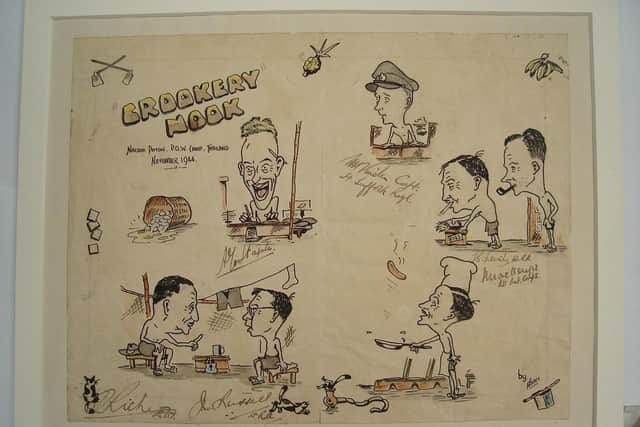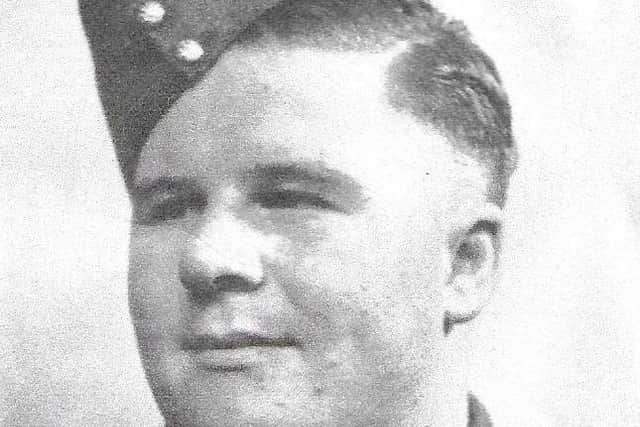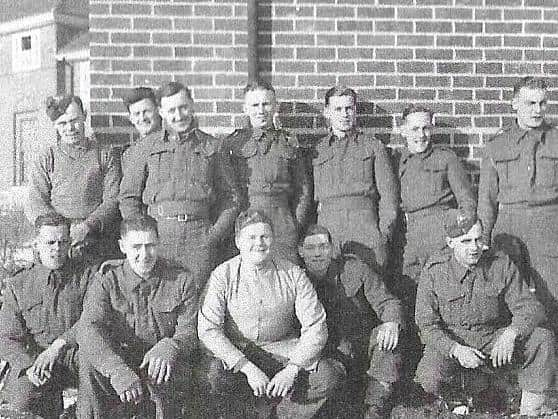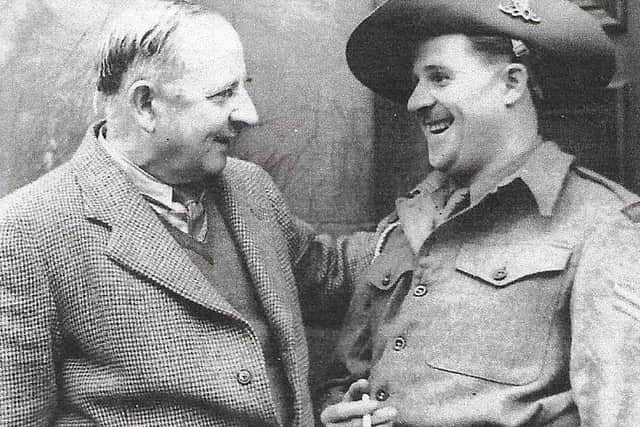How Far East Prisoners of War used artistic skills to document the deplorable conditions in captivity - and to raise morale
and live on Freeview channel 276
With no other means available, amateur and trained artists painted pictures of their surroundings, depicting the deplorable conditions they lived in to create a poignant record.
Upon release and unwilling to share their experiences, many artists kept their documentary art hidden through post-war decades. But now this can be revealed through an exhibition in Liverpool, pulled together through vast research by Captive Memories and Far East POW historical research undertaken at the Liverpool School of Tropical Medicine.
Advertisement
Hide AdAdvertisement
Hide AdIn early 1942, the 137th Field Regiment, a territorial unit drawn exclusively from Blackpool and The Fylde and also known as the Blackpool Regiment, fell into enemy hands with the Fall of Singapore.


Those who lived suffered years of hard labour, malnutrition and illness in jungle camps, which only ended with the surrender of the Japanese after the atomic bomb exploded over Hiroshima.
Their capture happened 78 years ago tomorrow, February 15.
It sealed the fate of not only the Blackpool Regiment, but all 50,000 British servicemen across southeast Asia and the Far East.
Among those POWs was Blackpool man Bombardier Basil Parry ‘Akki’ Akhurst, who served with the Blackpool Regiment.


Advertisement
Hide AdAdvertisement
Hide AdHe sketched cartoons depicting life, death and the psychological battle to survive captivity. Before the war and in post war years he was a regular cartoonist for the Evening Gazette.
His son David, who lives in Chorley said: “He worked in the camp hospital so saw lots of things - he would never talk about it. I know he was 16 stone when he went to war and eight stone when he came home.
“It wasn’t easy and it affected his health in later life. He would have been 100 on July 8 this year.
Copies of his dad’s poignant sketches whilst in captivity had been filed away in FEPOW records. They were later given to the Liverpool School of Tropical Medicine (LSTM) by a fellow prisoner of war patient. That was in 1977 and from there Akki’s identity was traced and his family were contacted. Around the same time the originals also found their way to the Imperial War Museum in London.


Advertisement
Hide AdAdvertisement
Hide AdIt wasn’t until September 2013 when Captive Memories researcher Meg Parkes was in Singapore in search of FEPOW artwork, that she made an incredible discovery. There, right in front of her in Changi Museum, was AKKI’s only known sketchpad from captivity. It was on display but sadly, unattributed.
Meg said: “Seeing the small homemade sketchpad, with the caption “Artist Unknown”, in the Changi Museum display case was very thrilling! I knew exactly what the four letters “A K K I” on the first and every other facing page meant and delighted in sharing this with the museum curator.
“We were looking at the only known sketchpad of one of the most prolific cartoonists in captivity in Singapore and Thailand.
“I’d been researching AKKI’s artwork since 2009. He took every opportunity to raise morale among his fellow captives and until the Liverpool School of Tropical Medicine’s FEPOW art investigation, his work had largely been overlooked.


Advertisement
Hide AdAdvertisement
Hide Ad“LSTM is proud to be able to bring his artwork to a wider audience.”
Son David and his wife also made the journey to see his dad’s sketchbook on display in Singapore.
He said: “It was fantastic to see. There was one poignant cartoon which showed one of the British servicemen with a Japanese Guard and it was captioned ‘Some Day’, it was quite touching.”
A selection of Akki’s sketches have now been given the credit they deserve and are on display as part of an exhibition at the Victoria Gallery and Museum in Ashton Street, Liverpool. It’s called the Secret Art of Survival: Creativity and Ingenuity by British Far East prisoners of war 1942-1945.
Advertisement
Hide AdAdvertisement
Hide AdWhen David attended the opening of the Liverpool exhibition, he was standing next to someone whilst he viewed his dad’s work. He said: “The person next to me just said – ‘that’s my grandad there in that sketch’. She was referring to a doctor that my dad had sketched and she recognised him in the drawing. It was fantastic.” To find out more about the work of Captive Memories, log to http://www.captivememories.org.uk* To mark the anniversary of the day the British servicemen were captured in Singapore, an event called Focus on FEPOW Day will take place tomorrow at the Victoria Gallery and Museum, 11am-3.30pm. A second Focus on FEPOW day will also take place in the spring on Saturday April 4. There will be a series of talks and in the afternoon Ness Botanic Gardens on the Wirral is holding activity sessions. The exhibition is open Tuesday to Saturday from 10am to 4pm. Some of the unseen artwork by FEPOWs can be seen in a new book called Captive Artists. It documents all 69 amateur and trained British FEPOW artists and their artwork revealed by the investigation. If any readers know of any other British FEPOW artists who have as yet remained hidden from view, they can contact FEPOW by email: [email protected]